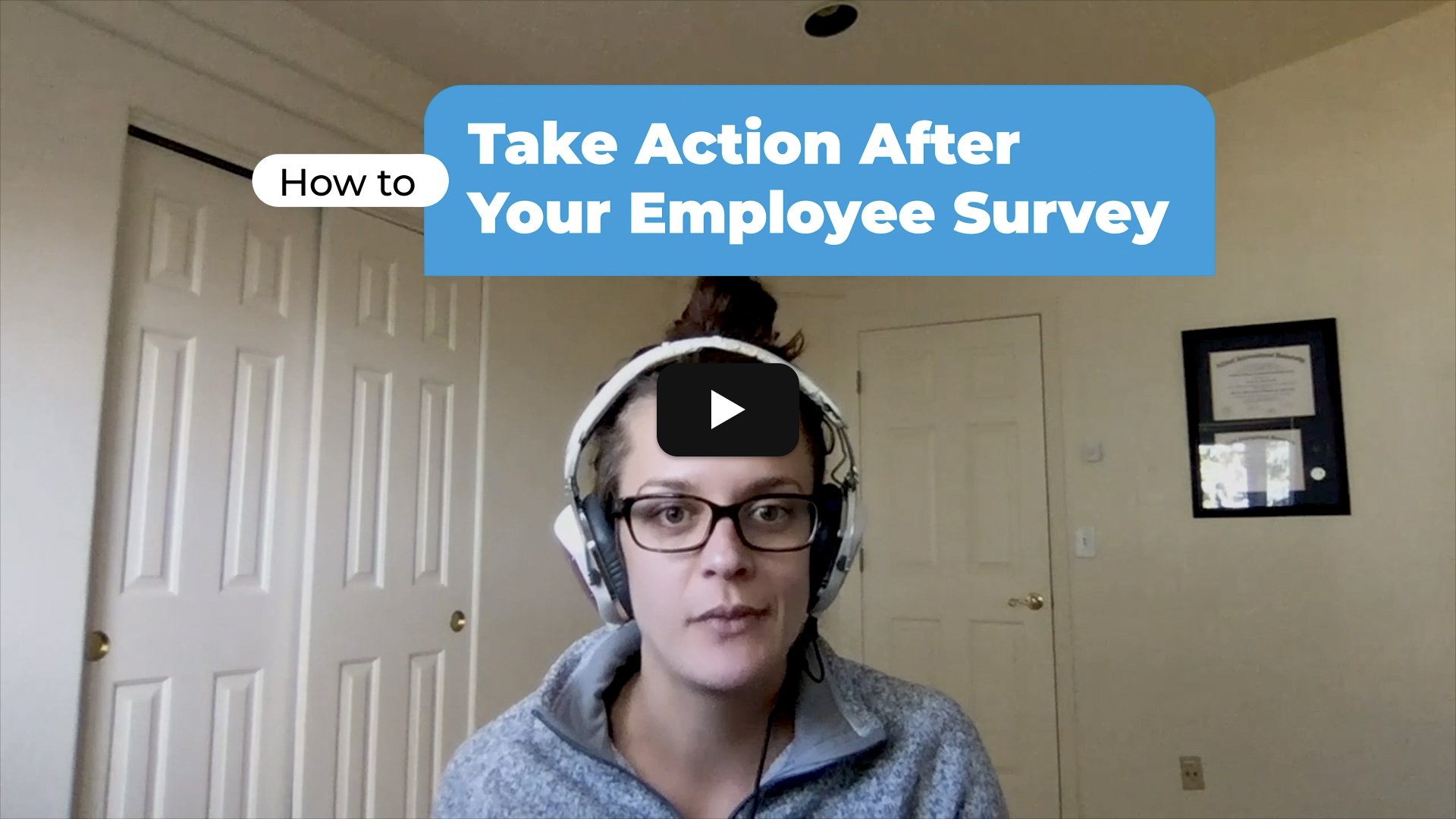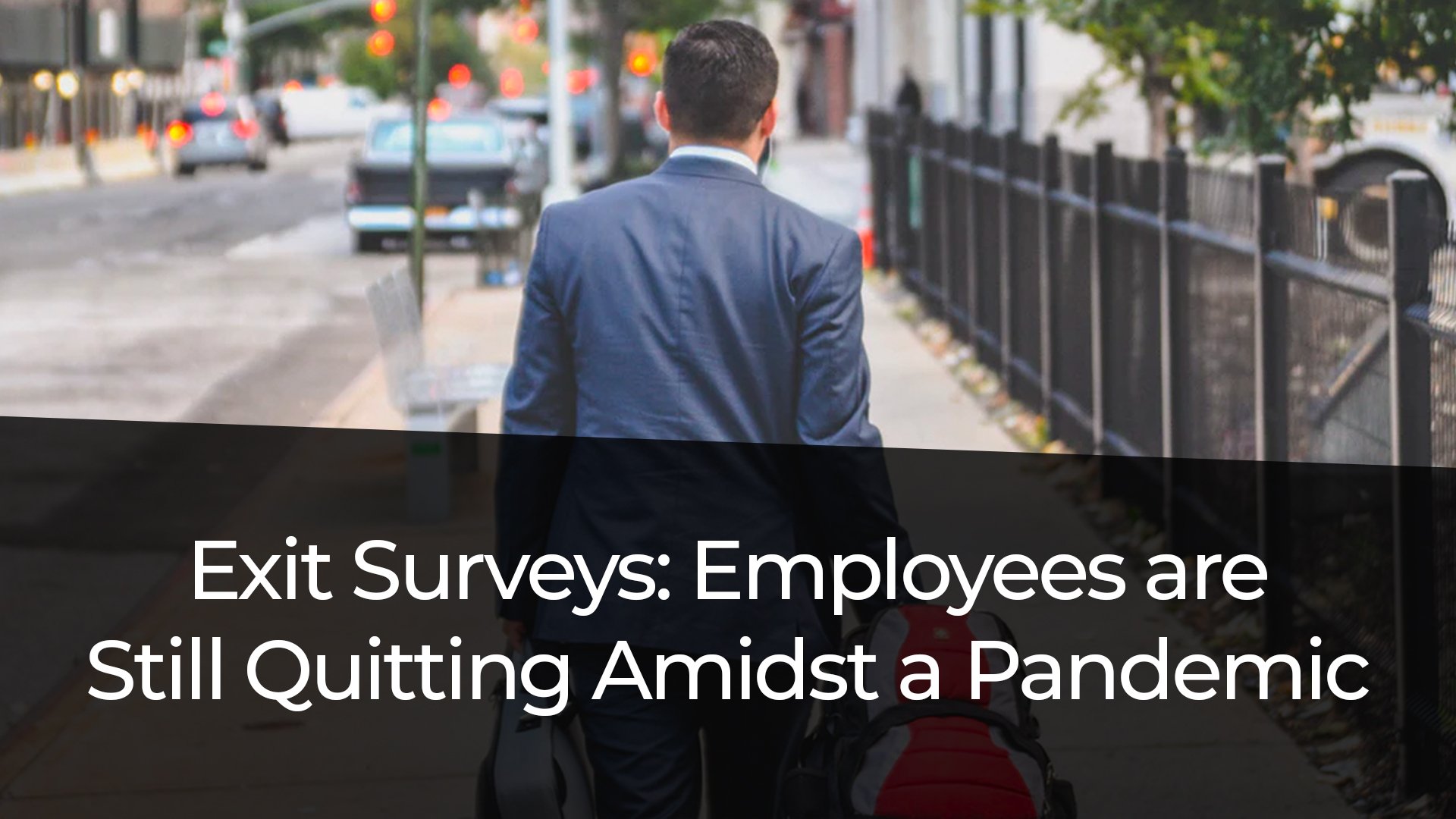
Create a supportive work environment for women and empower them to reach their full potential.
Creating a Gender-Inclusive Culture
Last week, we sent out an article exploring how organizations that foster an environment where all employees feel respected, valued, and included aren’t just doing right by their employees, they’re also doing what is best for business. Today, in honor of Women’s History Month, we are focusing on DEI&B issues specifically relevant to women. The pandemic negatively affected women – particularly working mothers or others in caregiving roles – significantly more than men, making diversity and inclusion efforts aimed at addressing unconscious bias and training on gender equality even more critical.
[Related Post: How to Measure Inclusion and Diversity - and Create Meaningful Change]
Providing Equal Opportunities for Growth and Advancement
To support female employees, it is crucial to provide them with equal opportunities for growth and advancement. This means ensuring that women have access to leadership roles, development programs, and training opportunities that will help them advance in their careers. Opportunities for development can’t be limited to those who work the longest hours – traditionally a more male-dominated demographic – but rather all employees who are seeking to grow and develop within the organization.
{Related Post: Supporting LGBTQ+ Employees All Year Long]
Implementing Mentorship and Sponsorship Programs
Mentorship and sponsorship programs are powerful tools for developing and supporting employees in the workplace. Pairing female employees with mentors who can provide guidance, support, and career advice can help them navigate challenges and achieve their professional goals. Plus, it helps employees to see people from similar demographics who have achieved the professional levels they’re hoping to get to. If you don’t have enough existing female leadership, consider helping women connect with others who may be outside your organization through networking groups or other connections.
Utilizing 360 Feedback Assessments for Development
One effective way to identify development opportunities for women in the workplace is by utilizing 360 feedback assessments. These assessments gather feedback from peers, managers, direct reports and sometimes others such as clients to provide a comprehensive view of an individual's strengths and areas for improvement. By analyzing the feedback from multiple sources, organizations can tailor development plans to help women enhance their skills, address any weaknesses, and continue to grow professionally.
[Related eBook: Launching your 360 RFP]
Promoting Work-Life Balance and Flexibility
Over 2 million women left the workforce in 2020 when the pressures of school and nursing home closures made juggling work and home demands felt impossible for many. Providing flexible work arrangements such as the ability to work remotely or work outside of normal business hours might help make work more accessible to women. Yet while hybrid workplaces are often seen as more accommodating for working mothers, it’s important for organizations to be mindful about which demographics might be working remotely more often, and whether there are any significant differences between those who work remotely and those who work onsite. Employee surveys are useful tools to solicit information and then analyze the data based on different demographics.
Want to learn more about using employee surveys or 360 feedback assessments to help support women in your organization? Set up an intro call to book a free consultation.
Author

Dr. Victoria Hendrickson is a partner and vice president in the consulting department at OrgVitality. She works to strategically design and administer employee surveys, customer surveys and linkage research. Across these tools, she works to gather data that helps leaders address their organization’s unique strategic challenges and to present findings as an insightful story that guides meaningful change. Victoria comes to OrgVitality with a background in organizational development and leadership development. She conducts applied research on topics of survey comments and organizational ambidexterity and regularly presents at national and international conferences. Victoria received her undergraduate degree in Social Psychology from Saint Mary’s College of California, and her Ph.D. in Organizational Psychology at Alliant International University.







